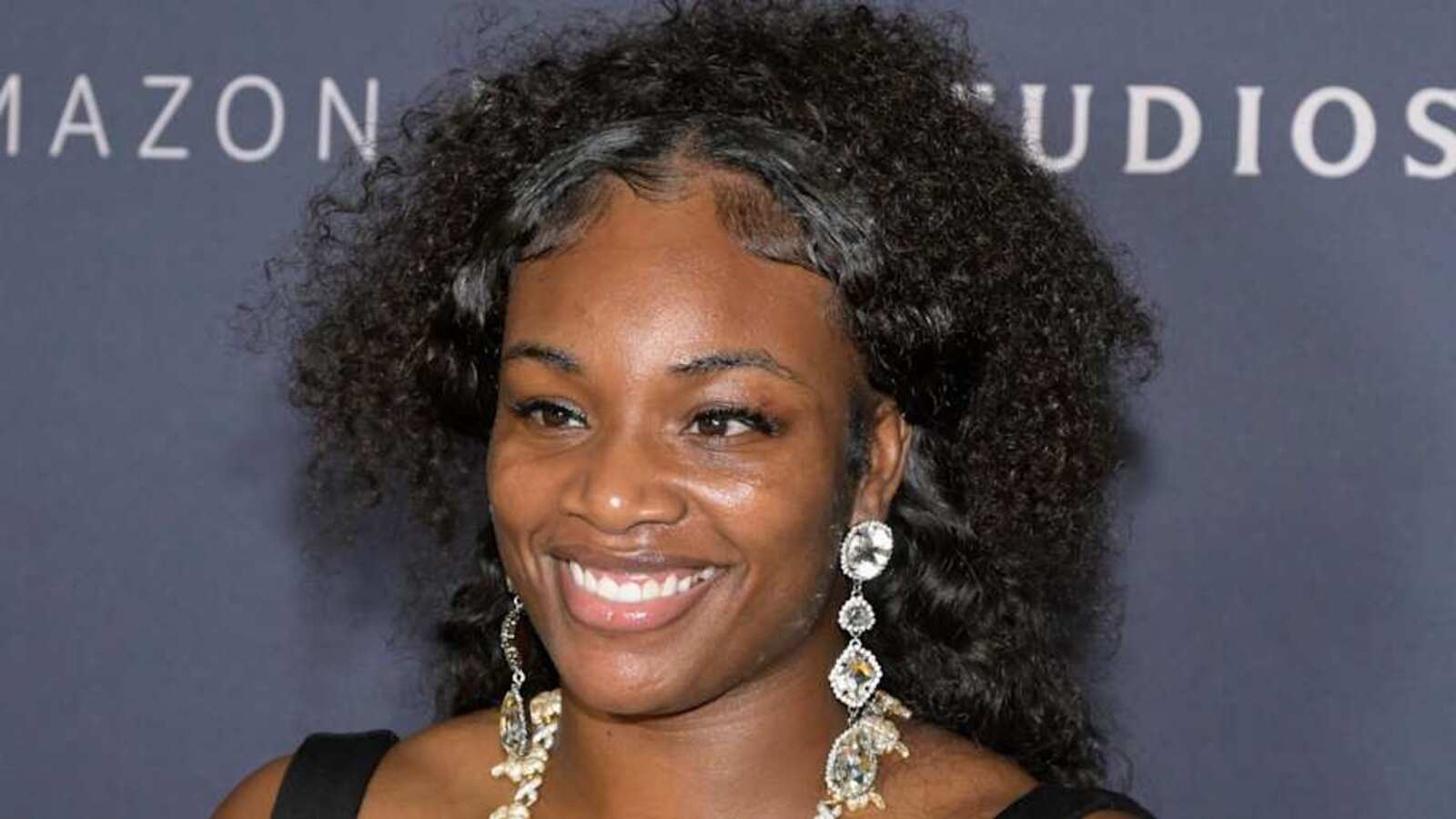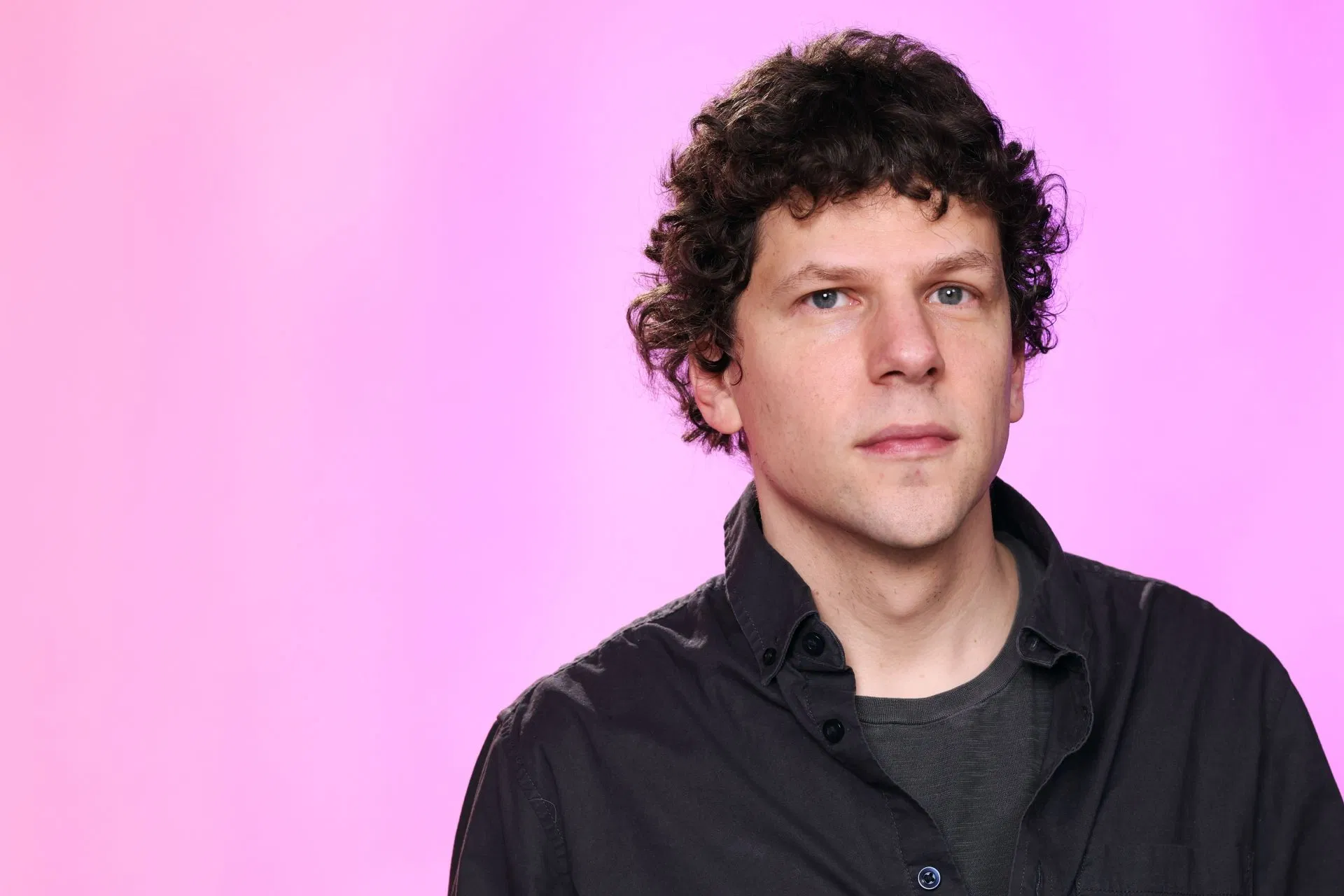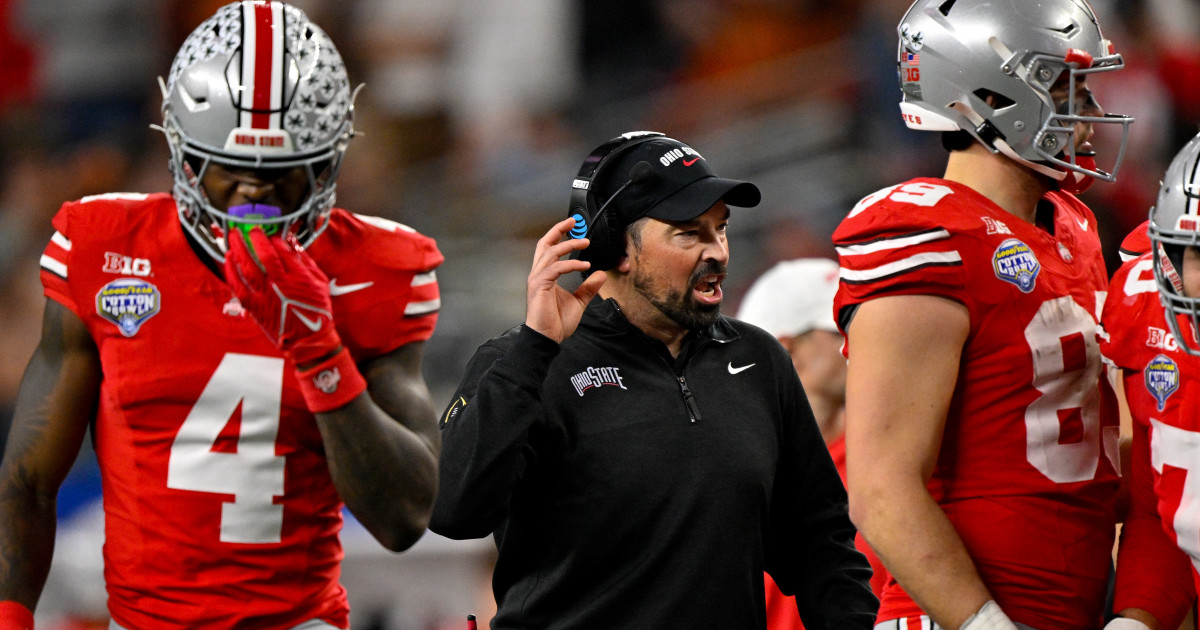Copyright M Live Michigan

GRAND RAPIDS, MI - Hundreds of years ago, Grand Rapids, or Bow-E-Ting (the rapids) in Anishinaabek, was home to a sprawling plum tree orchard utilized by Indigenous women searching for a place of solace. Indigenous tribes — particularly the Grand River Bands of Ottawa Indians — maintained a significant wild plum grove on the west bank of the Grand River. This grove was tied to a Native healing lodge, deeply integral to their seasonal life and ceremonial tradition. However, as European settlers colonized the region, that plum orchard, yards from what is now Ah‑Nab‑Awen Park, was burned down to facilitate agricultural and urban development. By 1979, it was named by the Three Fires Council of Chippewa (Ojibwe), Ottawa (Odawa) and Potawatomi Indians (Bodewadomi) to honor the land’s history. The 6.4-acre park at 220 Front Ave. NW along the Grand River, which began as a bicentennial project, now honors these three major West Michigan tribes. “There’s one plum tree still growing down there. The city doesn’t put plum trees into parks because they require different maintenance,” said Ron Yob, chairman or chief of the Grand River Bands of Ottawa Indians. “They attract animals and insects, and their droppings are on the ground. I finally convinced the city to put one plum tree there, symbolically.” Since 2014, an original sculpture by contemporary Anishinaabe artist Jason Quigno has stood at the site of the former plum tree orchard, which describes the significance of the plum tree to Native peoples. Additionally, a mural titled “ANISHINAABEK” vividly depicts Indigenous symbolism and culture along the steps leading down to the Grand River from Pearl Street and the tunnel underneath. Local artist Alan Compo, a member of the Grand River Bands of Ottawa Indians, painted it in 2018. Based on what his elders taught him, Yob told MLive/The Grand Rapids Press that there used to be three circles of plum trees: yellow, red and blue, 250 feet in diameter. Upon entering the eastern entryway, the circle opened in the middle to a wigwam, Yob said. A wigwam is a traditional dwelling for the Grand River Ottawa and Chippewa tribes. It is a domed or conical-shaped structure with a framework of bent saplings covered in materials like birch bark or animal hides. “It was a healing circle for the women of the community, and when they had problems, whether that be spiritual, economic or physical, and needed healing, they would go in there, and the other women who had experience would go in there with them to comfort them and lead them to a better way,” Yob said. Charles E. Belknap’s account in his 1922 book “The Yesterdays of Grand Rapids” offers a vivid, first‑hand glimpse into the native plum orchard he witnessed as a youth on the city’s west side. Belknap concluded that the well-worn trails from multiple directions led into this center, suggesting the grove may have served as a ceremonial gathering place, not merely a foraging orchard, like he originally thought. Settlers continued to harvest its plums into the 1870s, but the grove was destroyed in that decade to make room for farmland expansion. Nearly 150 years later, Yob worked with the city to implement a plaque to honor what was lost. “When the settlers came through here, they burned the orchard down. That was a sacred circle for everyone,” Yob said. “Now they talk a lot about healing circles and places for women. We actually had one a couple of hundred years ago, and it was burned down. I thought it was important to show that our people did that.” Even though one tree and a plaque cannot restore what was lost, Yob is at peace knowing that the area in Ah-Nab-Awen Park remains a healing, sacred place for Natives to seek solace. Recently, an example of that enduring spirit occurred when an elder he knows reached out to him for help because she was worried the Department of Human Services (DHS) would take her grandchildren away. After all, the mother was going through hard times. She came to him with tears down her face, Yob said. But once he took her to the plum tree and the commemorative plaque, everything changed. “When we sat there by that plum tree, the healing was still there, because when we left, she was laughing and joking, and her tears went away,” he told MLive. Looking back, Yob said it makes sense. Growing up, his mother had a plum tree growing in her backyard, and now he has a couple, too. The healing spirit has been with him all along and continues to be.



